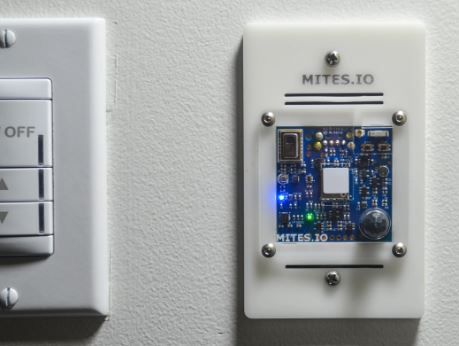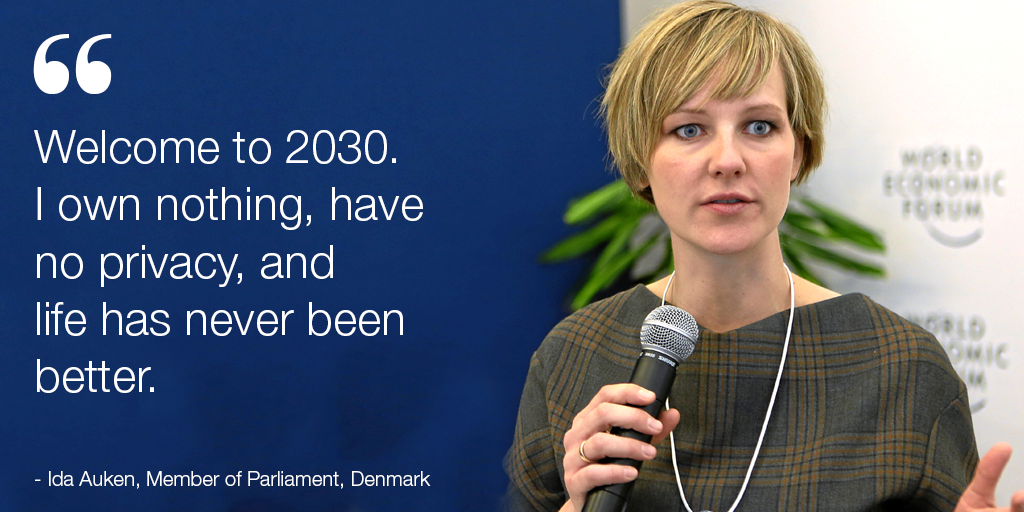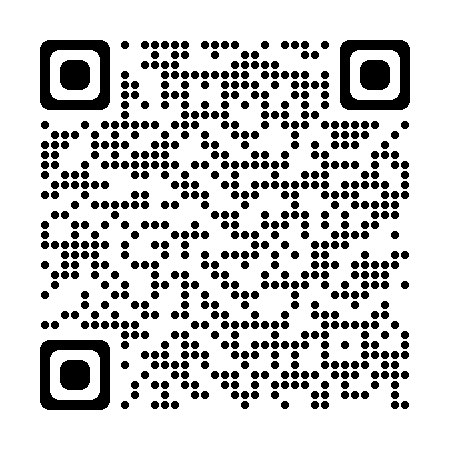| « The "RESTRICT Act" S.686 | Conspiracy Theorist's Advocate (2) » |
Tiny Little Sensors, Big Problem
At Carnegie Mellon University, they are experimenting with small information gathering devices called Mites. They are designed to gather information about the building, the way that normal "smart" sensors would. They are installed in TCS Hall, a brand new building to house the computer science students and faculty at Carnegie Mellon University’s Institute for Software Research. These students are not art majors, they're are engineers. They know what these devices are capable of.
This article from MIT Technology Review explains it well.
The Mites project was based on two basic premises: First, that buildings everywhere are already collecting data without standard privacy protections and will continue to do so. And second, that the best solution is to build better sensors—more useful, more efficient, more secure, and better-intentioned.
“What we really need,” Agarwal explains, is to “build out security-, privacy-, safety-first systems … make sure that users have trust in these systems and understand the clear value proposition.”
We're already tracking you through your phone, and nobody is stopping us, so we're just going to push on further. Oh, and privacy protections are complicated, and slow progress, so get used to less privacy. The premise seems to be that the privacy argument was settled a long time ago, and that people shouldn't expect privacy in any meaningful way. While that might be the case, it doesn't mean it's right, and it's not a mandate to further erode one's privacy.
In other words, Mites. But who thought of the name mites? Why mites? Because they can be all over you and you'll never even know they are there. Mites are dug-in, and hard to get rid of as well. Perhaps there was more though put into the naming of these devices than one might assume.
The hall’s futuristic features included carbon dioxide sensors that automatically pipe in fresh air, a rain garden, a yard for robots and drones, and experimental super-sensing devices called Mites. Mounted in more than 300 locations throughout the building, these light-switch-size devices can measure 12 types of data—including motion and sound. Mites were embedded on the walls and ceilings of hallways, in conference rooms, and in private offices, all as part of a research project on smart buildings led by CMU professor Yuvraj Agarwal and PhD student Sudershan Boovaraghavan and including another professor, Chris Harrison.
Let's take a peek under the hood of these little "Mites.io" devices. To do this I'll link to information from their website https://mites.io This is where things get interesting.
We believe in the vision of smart buildings – reactive homes and workplaces that prioritize their occupants’ comfort and wellbeing, creating safe and healthy environments that not only boost happiness and productivity, but are also more maintainable and environmentally sustainable.
To achieve this vision, buildings will need to augment their conventional suite of sensors (smoke detectors, thermostats, motion sensors, badge access points, elevator load, etc.) with more advanced capabilities, able to detect fine-grained building states and occupant activities. This raises a significant sensing paradox and research challenge: how does one create a building that knows its fine-grained state and what its occupants are doing so as to be smart and responsive, while at the same time protecting occupant privacy?
To investigate this important and timely topic, we have created a unique research system at Carnegie Mellon University called Mites. This is an end-to-end, hardware-software system for supporting and managing distributed general-purpose sensing in buildings with ground-up fundamental primitives for privacy and security, scalable data management, and machine learning.
Well, that's the question then isn't it. How do you gather fine-grained information on people and maintain "privacy." The truth is you can't. Once a system is in place, a system that can be used for for nefarious purposes, you can't assume that it will never be used for nefarious purposes. Does anyone really believe that it will never be used for spying? Really?
You'll own nothing and be happy remember? You'll also have no privacy, and never be happier. At least that's what the WEF (World Economic Forum) says.
Please leave a comment, like it or hate it... You DO NOT need to register to leave a comment. Email addresses are NOT used. Just make one up "someone@somehost.com"
The QR code below links to WindUpRubberFinger.com for easy sharing.



